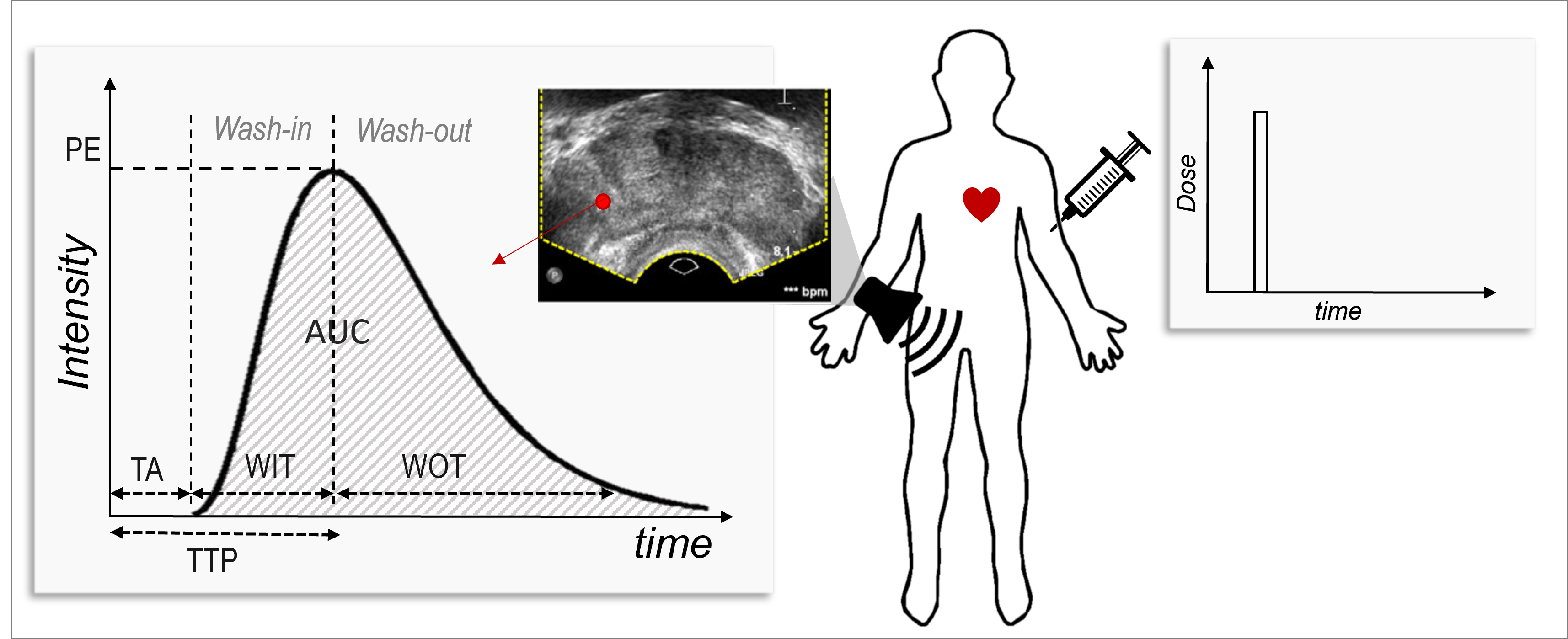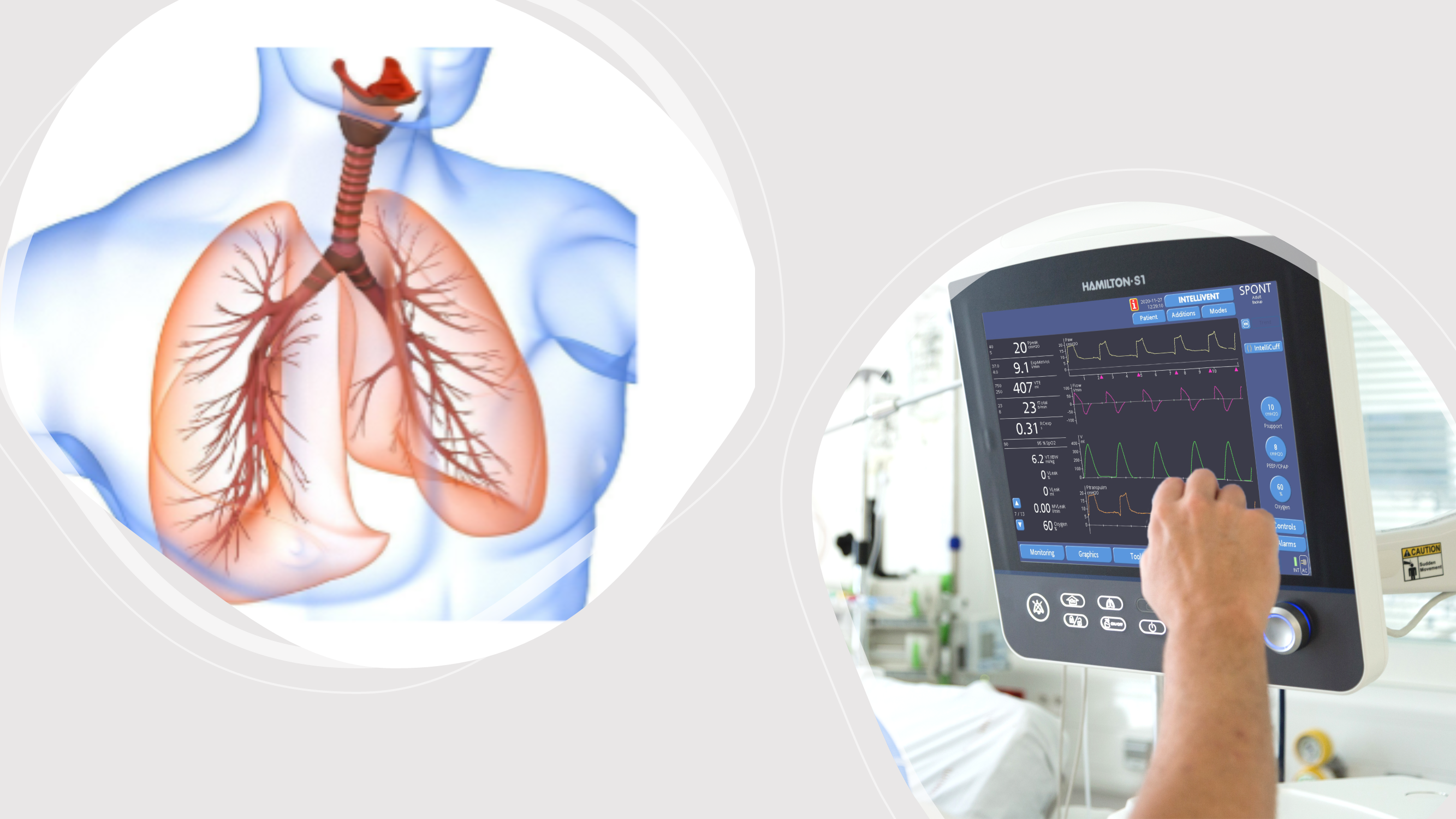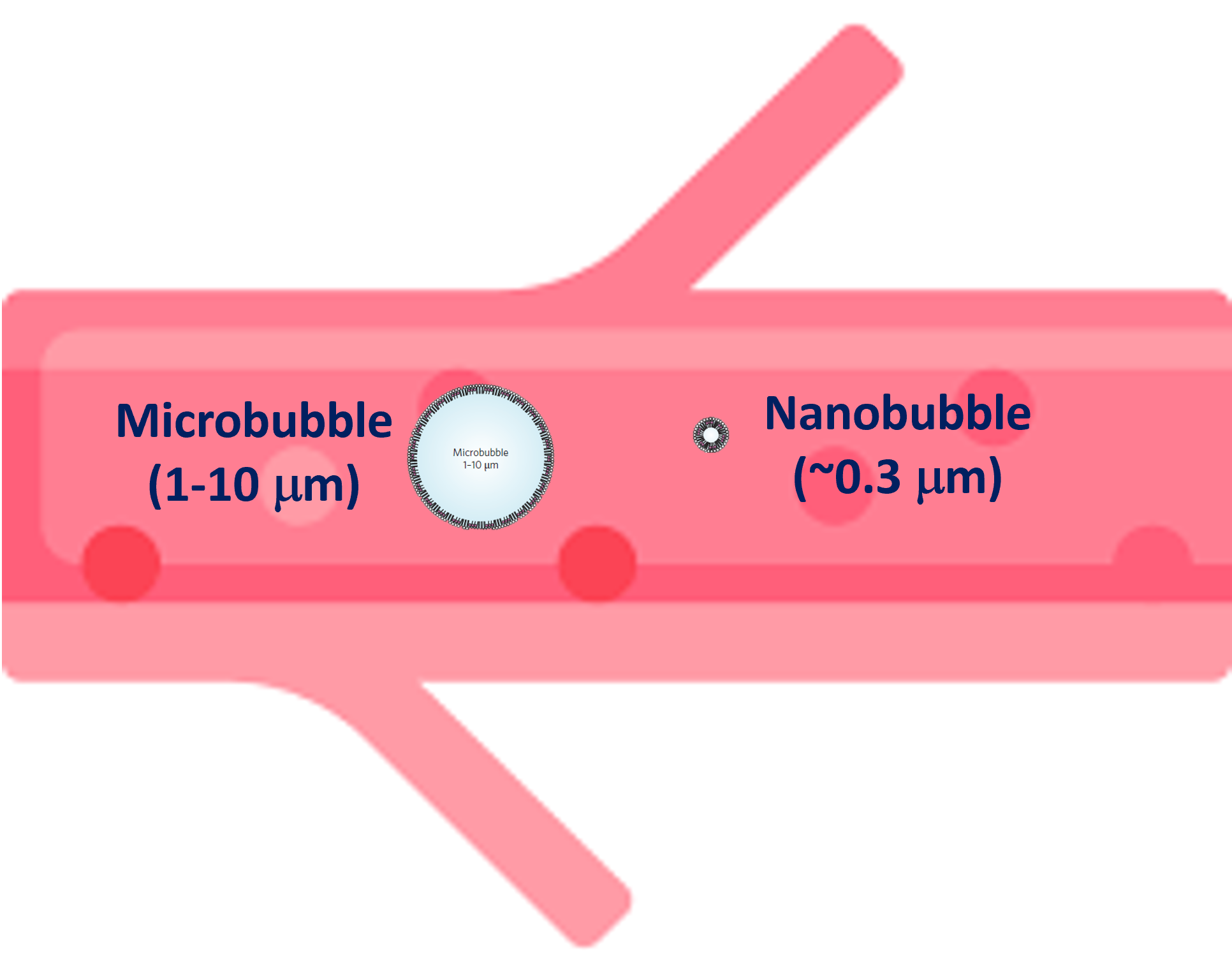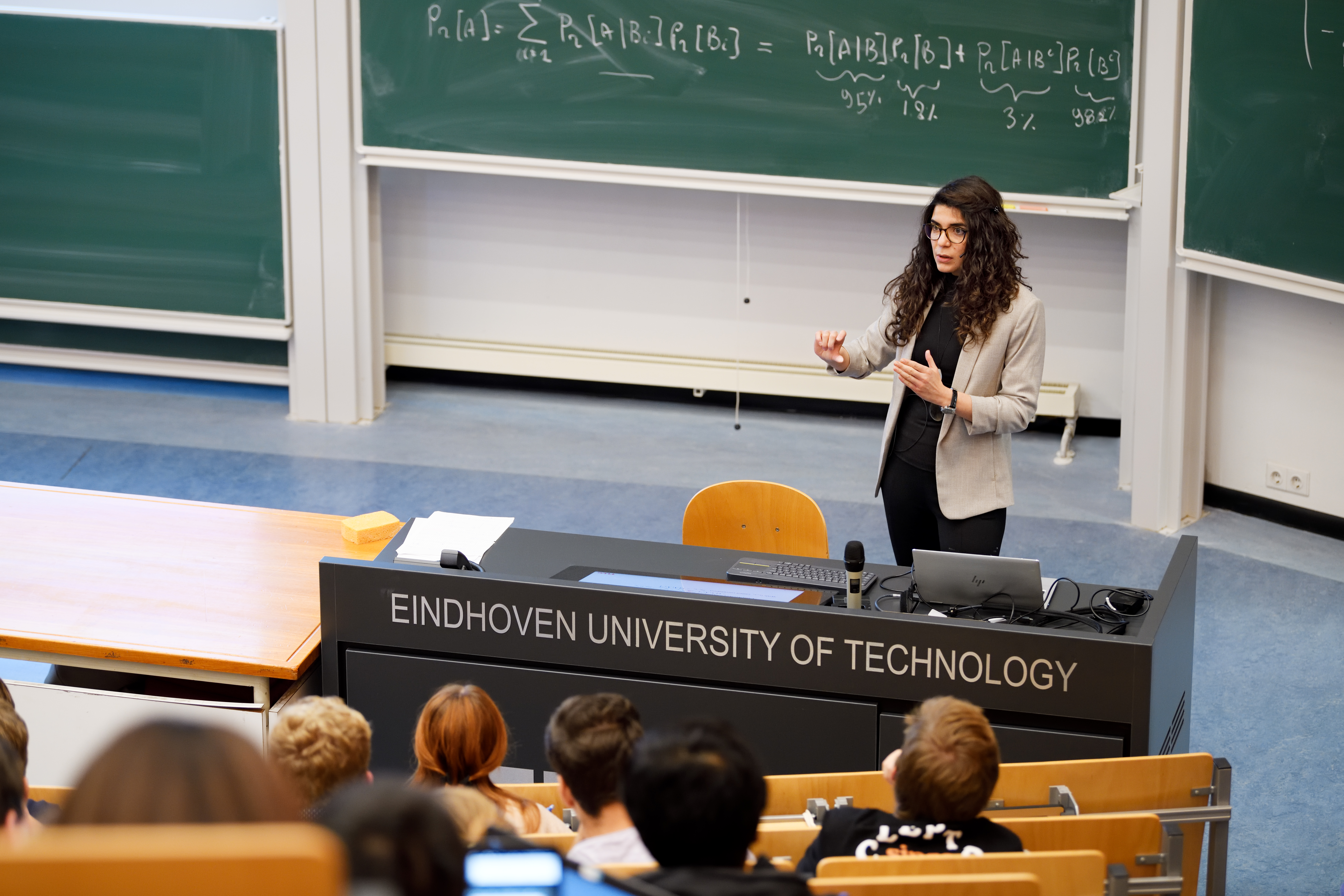Pharmacokinetic modeling in cancer: from functional to molecular imaging of angiogenesis
In this line of research, we propose quantitative assessment of cancer angiogenesis by combining dynamic contrast-enhanced imaging with pharmacokinetic modeling of the contrast agent kinetics. This enables the extraction of interpretable parameters that can be used for cancer diagnostics. 







 Patient monitoring in perioperative care involves the continuous observation and assessment of individuals before, during, and after surgical procedures. This comprehensive monitoring is crucial to ensure the patient’s safety, well-being, and optimal recovery. Throughout the perioperative period, various vital signs and parameters are closely observed, including heart rate, blood pressure, oxygen saturation, respiratory rate, and body temperature. A crucial aspect of patient monitoring in perioperative care involves the implementation of systems for predicting and detecting signs of patient deterioration. Early identification of potential issues allows for prompt intervention and can significantly improve patient outcomes.
Patient monitoring in perioperative care involves the continuous observation and assessment of individuals before, during, and after surgical procedures. This comprehensive monitoring is crucial to ensure the patient’s safety, well-being, and optimal recovery. Throughout the perioperative period, various vital signs and parameters are closely observed, including heart rate, blood pressure, oxygen saturation, respiratory rate, and body temperature. A crucial aspect of patient monitoring in perioperative care involves the implementation of systems for predicting and detecting signs of patient deterioration. Early identification of potential issues allows for prompt intervention and can significantly improve patient outcomes.
